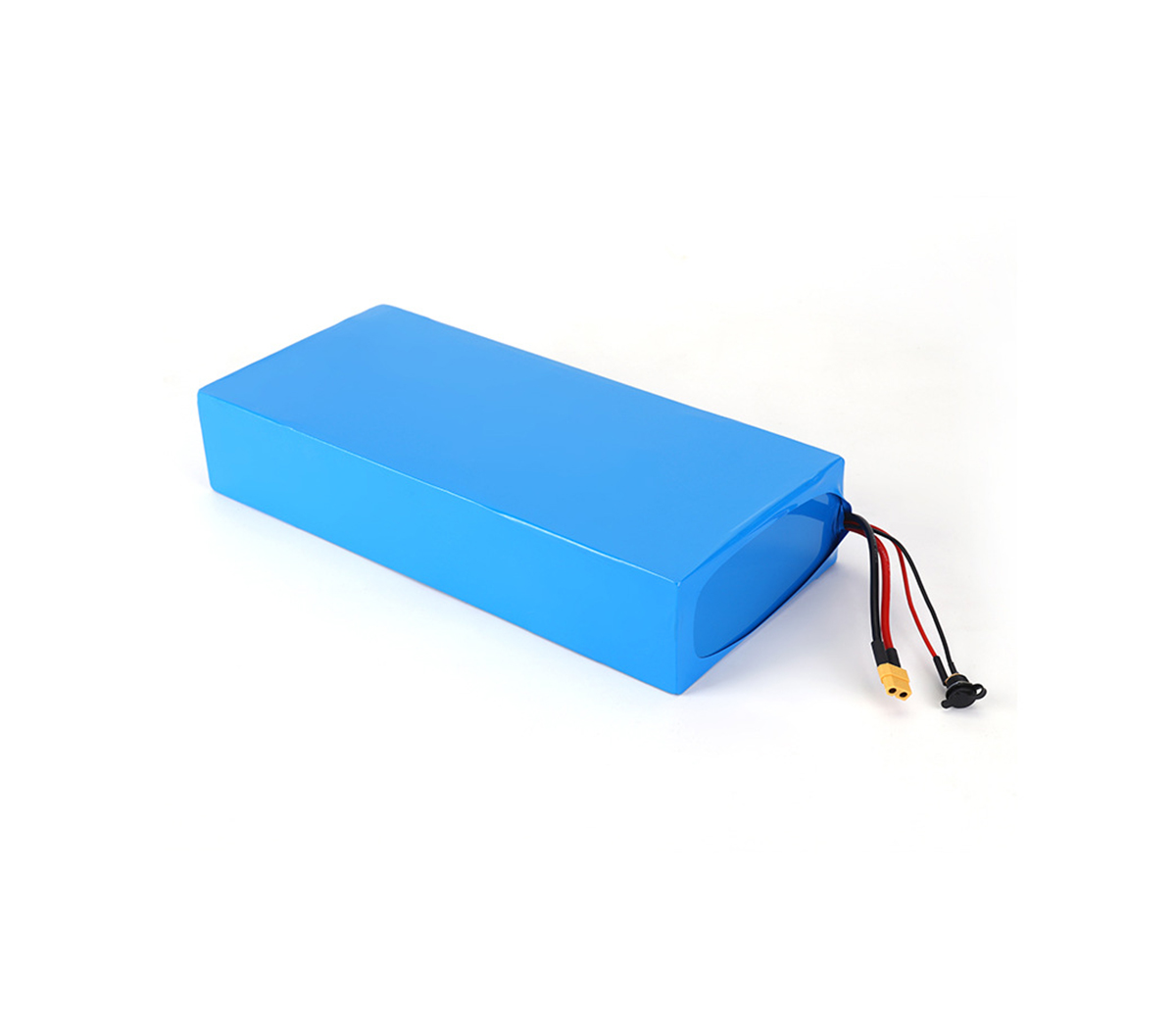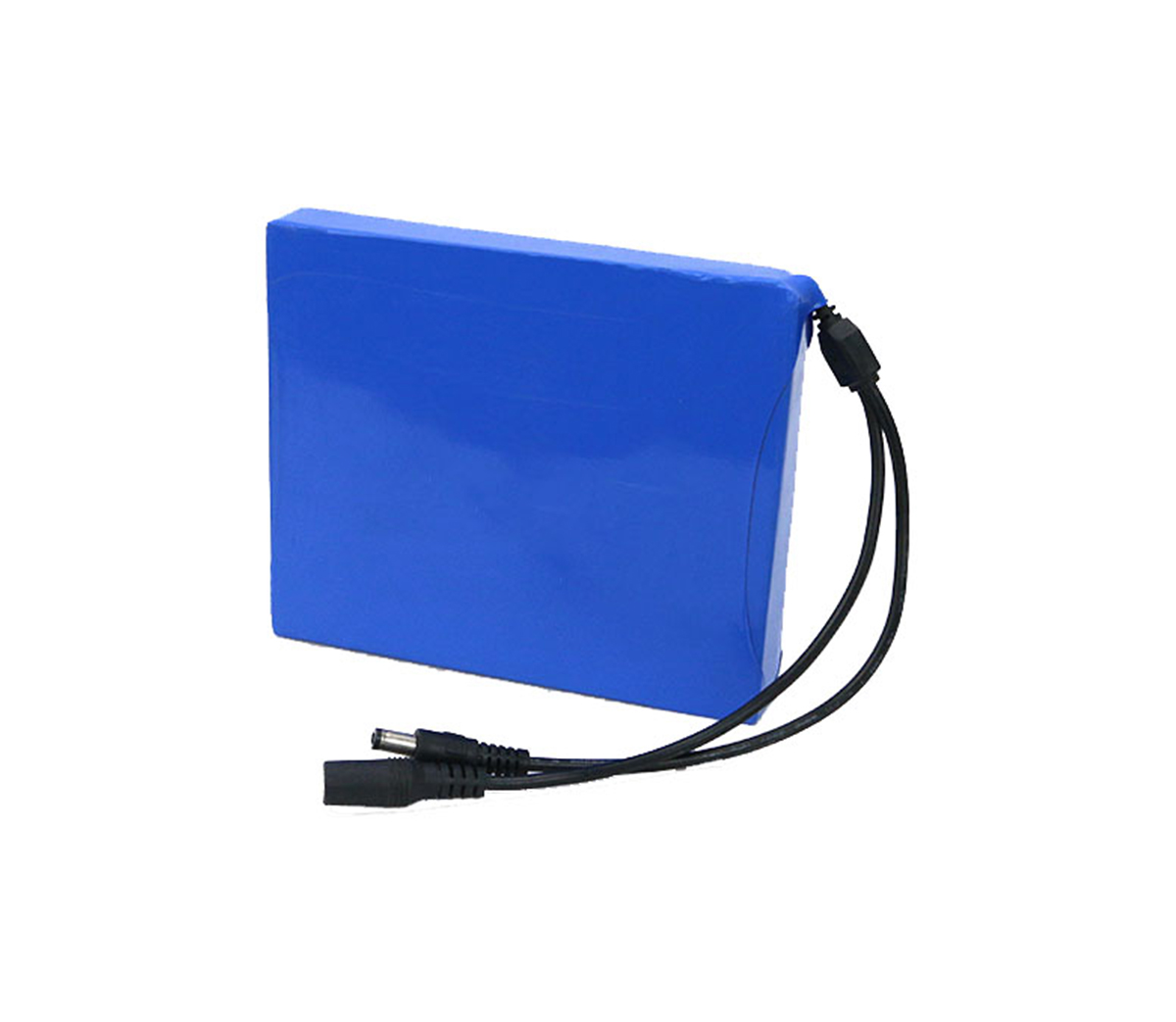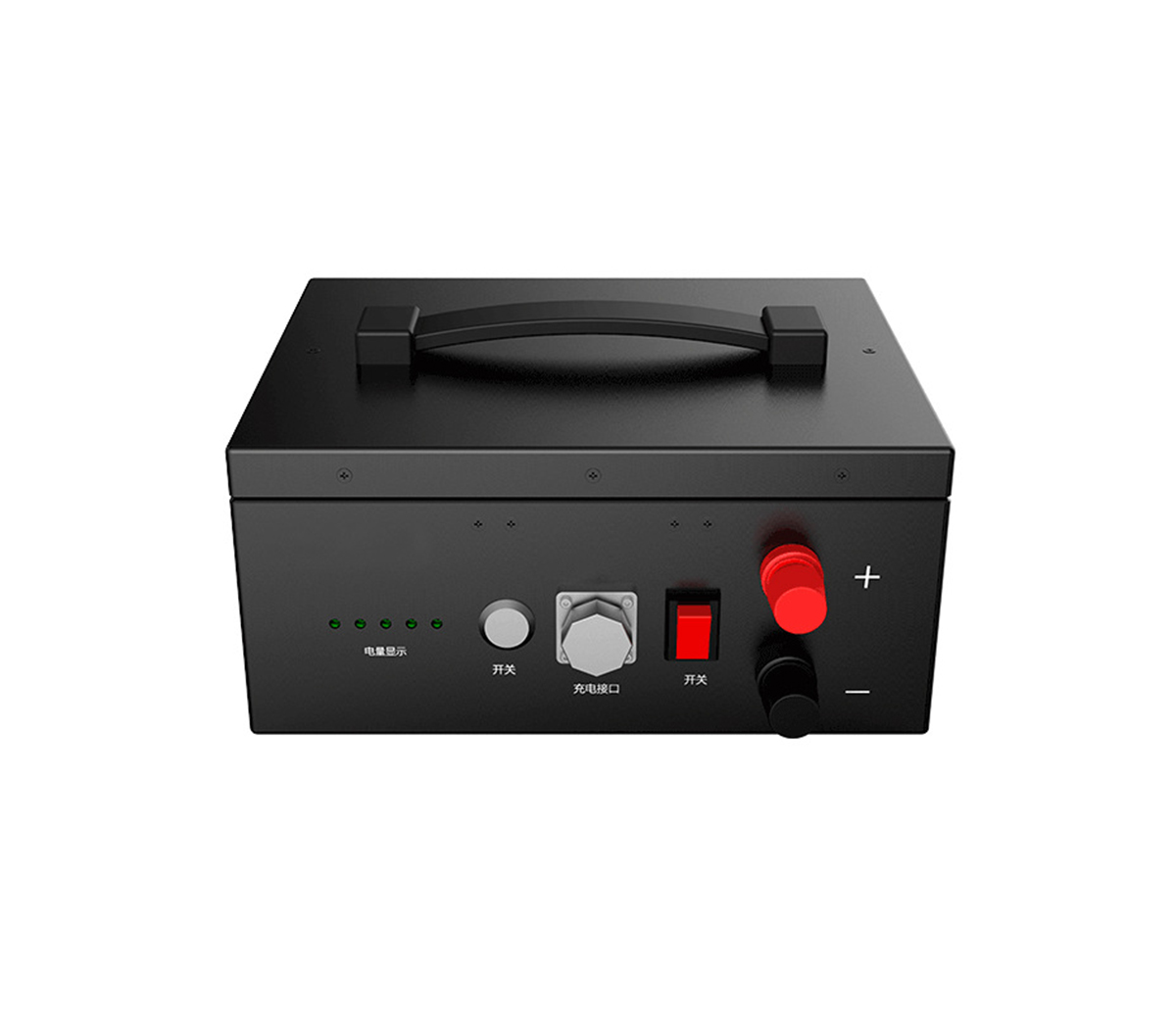Motors can be simply divided into DC motors and AC motors, and AC is
further divided into synchronous motors and asynchronous motors.

1. DC motor
The advantage of a DC motor is that it can easily adjust the speed by
changing the voltage and can provide a larger torque. It is suitable for loads
that require frequent adjustment of the speed, such as the mine hoists.
Now AC motors can also adjust the speed by changing the frequency, but the
price is more expensive than ordinary motors.
The disadvantages of DC motors are their complex structure and high failure
rate. Compared with AC motors, DC motors have complicated windings (excitation
windings, commutating pole windings, compensation windings, armature windings),
but also add slip rings, brushes and commutators. This not only places high
requirements on the manufacturer's process, but also the later maintenance costs
are relatively high.
Therefore, DC motors are in an embarrassing situation of declining in
industrial applications.
2. Asynchronous motor
The advantages of asynchronous motors are simple structure, stable
performance, convenient maintenance, low price and simple manufacturing process.
Therefore, it has been the most widely used in industry.
Asynchronous motors are divided into squirrel-cage motors and wire-wound
motors. The difference lies in the rotor. Squirrel-cage motors have high
reliability, but the disadvantages are that the torque is small, the starting
current is large, and the load that requires a large starting torque is
difficult to handle. The winding motor has higher torque and is suitable for
loads such as rolling mills and hoists. However, it adds slip rings, water
resistors and other accessories, and the price is relatively high.
If the asynchronous motor is to be used for high-power loads, it needs to
be equipped with a reactive power compensation device.
3. Synchronous motor
In addition to the advantages of synchronous motors that can compensate
reactive power in over-excitation state, they also have the advantages of
precise speed control, high stability, strong overload capacity, and high
operating efficiency.
Synchronous motors cannot be started directly, and asynchronous start or
frequency conversion start is required for cooperation. Therefore, one of the
disadvantages of synchronous motors is the need to add additional equipment for
starting.
Synchronous motors run by excitation current, so the second disadvantage of
synchronous motors is that they need to add excitation devices, which are mostly
supplied by silicon controlled rectifiers.
In summary, the principle of selecting a motor is that the motor
performance meets the requirements of the production machinery, and the motor
with simple structure, low price, reliable operation and convenient maintenance
is preferred. In this respect, AC motors are superior to DC motors, AC
asynchronous motors are superior to AC synchronous motors, and squirrel cage
asynchronous motors are superior to winding asynchronous motors.
For production machinery with stable load and no special requirements for
starting and braking, ordinary squirrel-cage asynchronous motors should be
preferred, which are widely used in machinery, water pumps, fans, etc.
Starting and braking are more frequent, and production machinery that
requires larger starting and braking torques, such as bridge cranes, mine
hoists, air compressors, and irreversible rolling mills, should use wound
asynchronous motors.
Where there is no requirement for speed regulation, a constant speed or
improvement of power factor is required, synchronous motors should be used, such
as medium and large-capacity water pumps, air compressors, hoists, mills,
etc.
The speed regulation range is required to be above 1:3, and the production
machinery that needs continuous, stable and smooth speed regulation should adopt
a separately excited DC motor or a squirrel cage asynchronous motor or
synchronous motor with frequency conversion speed regulation, such as large
precision machine tools, planers, rolling mills, hoists, etc.
The production machinery that requires large starting torque and soft
mechanical characteristics uses series-excited or compound-excited DC motors,
such as trams, electric locomotives, and heavy-duty cranes.

Lithium-ion battery (LIB) has become the main energy storage solution in
modern social life. Among them, lithium iron phosphate batteries are a perfect
replacement for lead-acid batteries, and they are the first choice for
grid-connected peak shaving, off-grid energy storage, photovoltaic energy
storage, UPS, data center and other industries.
The motor system is matched with a high-rate performance lithium battery
system, which is a very promising way to use it.




































